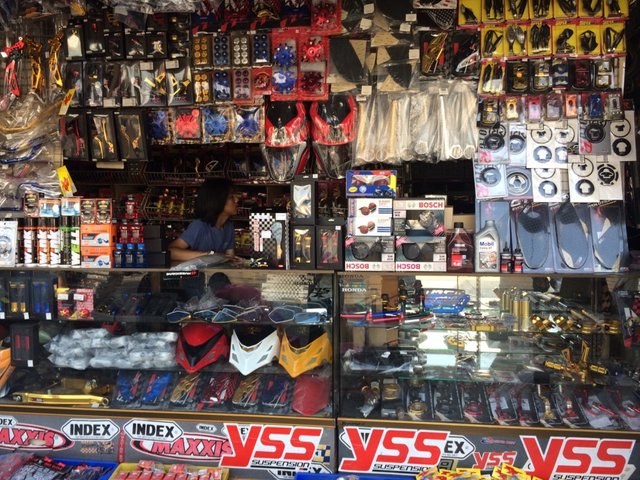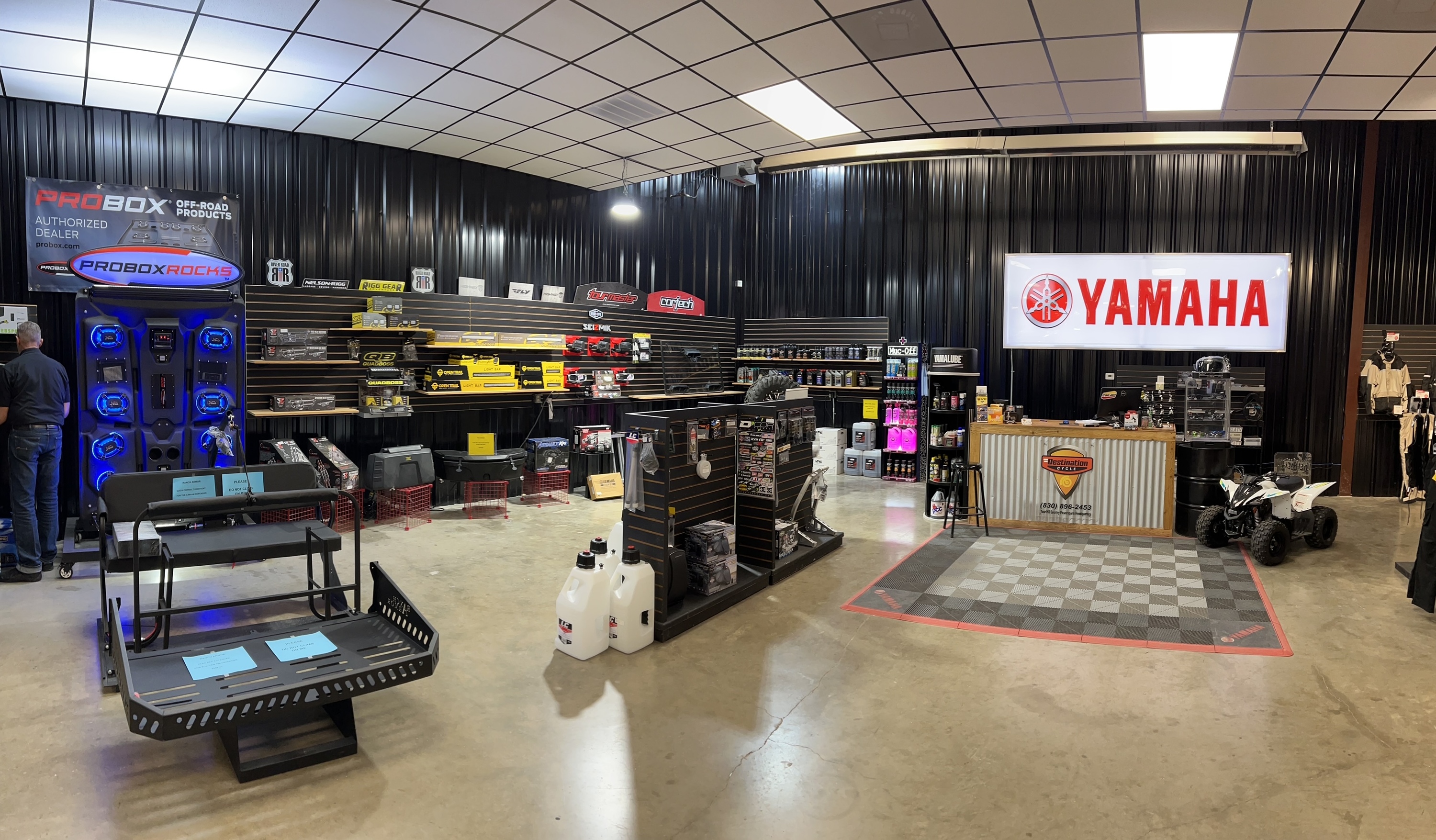Locate Competitive Prices on Motocross Parts NZ for every single Bike
Locate Competitive Prices on Motocross Parts NZ for every single Bike
Blog Article
Understanding Motorbike Gears: Just How to Enhance Your Riding Experience
In the world of motorcycling, mastering the art of gear manipulation is vital for boosting your riding efficiency. Correctly utilizing and comprehending bike gears can considerably influence velocity, fuel, and control efficiency, changing an ordinary ride into a smooth, exciting journey. By incorporating precise shift timing and adjusting gear selection to various road problems, motorcyclists can make certain optimum engine performance and security. The subtleties of clutch control, throttle control, and equipment technicians bid a much deeper expedition, promising to unlock the full capacity of your maker. Exactly how can these methods be harnessed to absolutely enhance your riding experience?
Recognizing Gear Mechanics
Exactly how do the intricacies of gear technicians influence bike performance? At the core of motorcycle characteristics, gear auto mechanics play a pivotal duty in converting engine power right into movement, inevitably determining rate and control. Gears, carefully crafted parts, permit motorcyclists to enhance torque and speed, making sure a seamless shift with various surfaces and rates. The equipment proportions, meticulously designed, determine the relationship in between engine changes and wheel turns, impacting velocity and fuel efficiency.
Recognizing equipment technicians starts with recognizing the significance of the transmission, which houses multiple equipments of varying sizes. These gears interact with a process called meshing, where teeth of different gears engage to transfer power. The precision of this interaction is critical; any kind of imbalance or damages can result in ineffective power transfer, impeding performance. Furthermore, the plan and dimension of gears influence the bike's capacity to deal with various tons and speeds.
Moreover, the principle of gear changing is essential to optimizing performance. Timely and smooth shifts guarantee that the engine runs within its optimum power band, stopping unnecessary pressure and improving longevity (motox parts nz). By understanding these mechanical intricacies, bikers can attain a harmonious blend of performance, power, and control, elevating their riding experience
Timing Your Shifts
Shift timing mastery is vital for maximizing motorbike efficiency and improving the riding experience. Effectively timed changes ensure that the engine runs within its optimal power band, which is crucial for keeping control, accomplishing smooth velocity, and ensuring the durability of the motorcycle. Riders need to develop an intuitive sense of when to change gears, which includes comprehending the connection between engine changes per min (RPM) and rate.
To master change timing, pay very close attention to the engine's noise and feel, as these provide vital hints about when to change equipments. The ideal change factor usually takes place when the engine comes close to the upper variety of its power band without reaching the redline. Shifting prematurely can bring about an absence of power, while moving as well late may trigger unneeded engine pressure
Furthermore, road problems and riding design impact shift timing. In urban settings, smoother and extra frequent changes may be needed to navigate traffic successfully. In contrast, during freeway riding, less changes at greater speeds can be more ideal. Practicing in different environments will certainly boost your capacity to time changes exactly, ultimately elevating your riding experience to a specialist degree.
Enhancing Fuel Effectiveness
While understanding motorbike equipments is essential for efficiency, boosting fuel efficiency is similarly essential for both economic and environmental reasons. Ideal fuel consumption not only reduces functional expenses yet also minimizes the eco-friendly footprint of riding. To achieve this, one need to understand the complex relationship between gear option and engine performance.
Riding in a higher equipment at lower speeds can lead to engine hauling, which is destructive to both fuel economic situation and engine health. On the other hand, riding in reduced gears at high rates results in unnecessary fuel intake.
In addition, normal maintenance plays a pivotal function in gas effectiveness. Ensuring that the motorcycle is well-tuned, with clean air filters and properly pumped up tires, can improve aerodynamics and lower fuel wastefulness. Moreover, taking on a riding style that accepts steady velocity and smooth deceleration can add to much better gas economic climate.

Methods for Smooth Transitions
Attaining smooth gear changes is fundamental to improving the riding experience and making certain the durability of a motorcycle's transmission system. Correct equipment shifting not only adds to a seamless experience but also minimizes damage on the mechanical elements. To master the art of smooth changes, bikers must concentrate on a couple of essential strategies.

Second of all, clutch control plays an essential duty. Engaging and disengaging the clutch smoothly needs technique. The clutch bar ought to be released progressively, permitting a seamless transfer of power from the engine to the wheels without triggering a jolt or abrupt movement.

Adjusting to Roadway Problems
Navigating diverse roadway conditions is a critical skill for any type of motorcyclist intending to preserve control and safety. Whether visit site you're riding on wet surfaces, gravel roadways, or browsing sharp turns, your capacity to adapt your equipment use and riding method is paramount. Recognizing how to adjust your equipments properly can substantially impact grip and stability, ensuring a more secure trip.
In contrast, when riding on crushed rock or uneven terrain, lower gears are preferable. Lower equipments offer far better control and permit you to respond even more promptly to unexpected adjustments in the road surface.
Sharp contours require exact gear management to balance rate and control. Downshifting before entering a curve can assist keep energy while guaranteeing the bike remains secure throughout the turn. Regular method in different problems boosts your ability to react and predict to adjustments in roadway appearance and slope.
Final Thought
Understanding bike equipments significantly enhances the riding experience by enhancing control, gas, and acceleration efficiency. A thorough understanding of gear technicians and precise shift timing guarantees the engine operates within its ideal power band, while smooth shifts via effective clutch and throttle sychronisation rise convenience and efficiency. Adapting gear selection to numerous roadway problems, such as using greater equipments on damp surface areas and reduced equipments on gravel, additional enhances handling and safety and security. Inevitably, these skills boost the total journey.
Recognizing gear auto mechanics starts with recognizing the value of the transmission, you can look here which houses numerous gears of differing dimensions. These gears communicate through a procedure known as meshing, where teeth of different gears engage to transmit power (motorbike shop). Gentle changes to the throttle during equipment shifts can prevent jerky motions and preserve a regular riding speed
Whether you're riding on wet surfaces, gravel roadways, or navigating sharp turns, your capability to adjust your gear usage and riding strategy is paramount. Adjusting gear selection to various road problems, such as utilizing higher equipments on wet surfaces and reduced gears on crushed rock, more boosts handling and safety.
Report this page